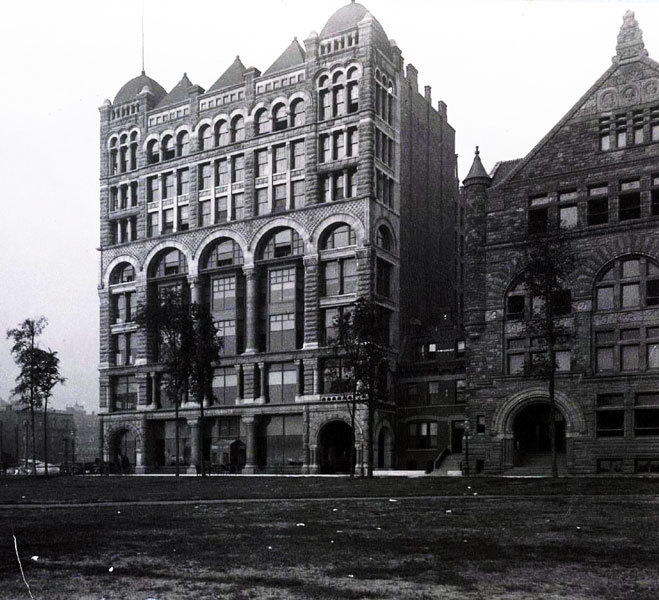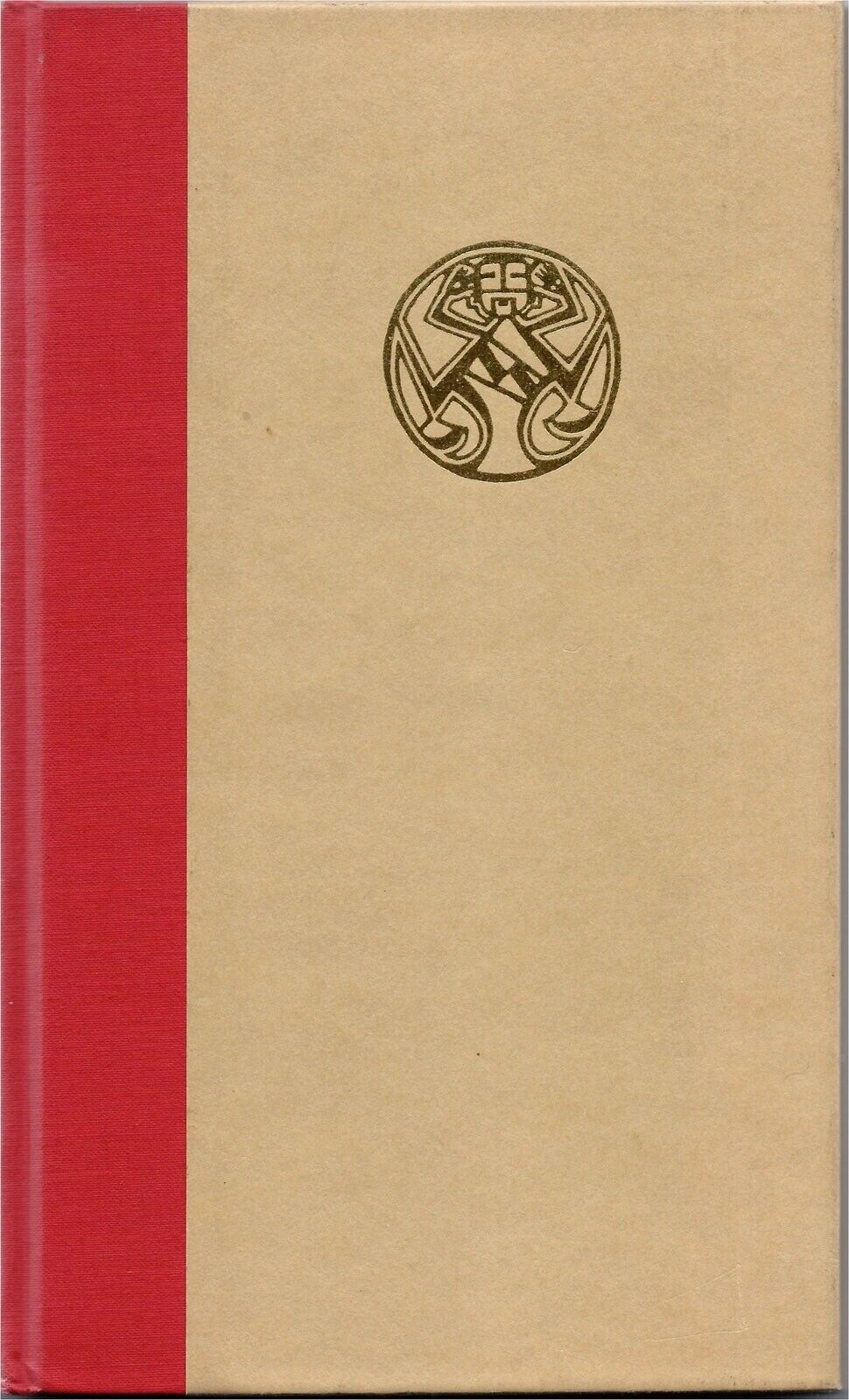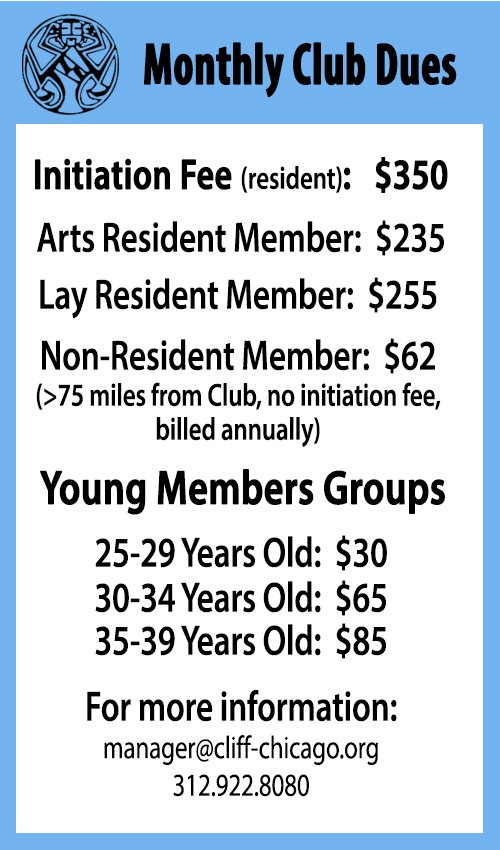
Centenary Address to The Cliff Dwellers
by Gary T. Johnson, President, Chicago History Museum (2007)
I am honored to be with you today to help you celebrate the one-hundredth anniversary of the founding of The Cliff Dwellers. I particularly thank the president of the club, William J. Bowe, for this kind invitation.
The topic I have chosen is what the Cliff Dwellers can teach Chicago as a global city. As promised by the title, we will consider the lessons from the past, but, perhaps most importantly, look at what you are showing us today and can show us for the future.
— Gary T. Johnson
I am honored to be with you today to help you celebrate the one-hundredth anniversary of the founding of The Cliff Dwellers. I particularly thank the president of the club, William J. Bowe, for this kind invitation.
The topic I have chosen is what the Cliff Dwellers can teach Chicago as a global city. As promised by the title, we will consider the lessons from the past, but, perhaps most importantly, look at what you are showing us today and can show us for the future.
— Gary T. Johnson

It all began in the Fine Arts Building, that hothouse for the arts. This 1885 building had been constructed as the Studebaker Corporation’s carriage factory and showroom, but a decade later, was transformed into a home for studios, clubs and offices. On November) 6, 1906, according to an article appearing the next day in the Chicago Tribune, an organizational meeting for a new club was held in the studio of the artist, Ralph Clarkson. Presiding was Henry Pratt Judson, President of the University of Chicago. This was to be “a social organization of artists and art lovers.”
Let’s pause on the name for the moment, because there has been some disagreement on that subject. Was the club named for the novel by Henry 8. Fuller, who was present at the organizational meeting- but never joined the club?! Certainly, with that background, the use of those words could not have been an accident, but there was another inspiration that comes through in that first Chicago Tribune report. The founders spoke of their desire to make their clubhouse a “bungalow” set on a “skyscraper.” That would be their “cliff”: not a real cliff of stone, such as afforded lofty abode to the cliff dwellers of New Mexico. So the allure of Native Americans also had something to do with it. This was a period when Chicagoans were looking at Native Americans through romantic eyes and feeling some sense of loss. Club member John T. McCutcheon’s famous pair of cartoons, “lnjun Summer,” had appeared just a few weeks earlier, on September 30,1907.v Neither reference, to the novel and to Native Americans, could have been lost on club members when they settled on the club’s name two years later!
Let’s also note the 1907 newspaper report’s use, without any need for definition, of two key terms from Chicago architecture: skyscraper and bungalow. These are words not ordinarily found in the same sentence! The bungalows being built in Chicago neighborhoods of the day, such as the Villa, were not yet the so-called “Chicago bungalow,” but were still in the arts and crafts style. Those comfortable 1 or 1-1/2 story homes emphasized horizontality, and usually included front porches. The Chicago Tribune article spoke not of a porch, which in fact was what did emerge at the Cliff Dwellers in the form of a terrace, but of a “hanging garden.” (The club’s organizers) originally had in mind the rooftop of the newly-opened International Harvester building at 600 S. Michigan, but did not come to fruition.)
A delicious sense of irony, I think, is what must have pleased the club’s founders the most. A low-lying, horizontal bungalow on a vertical skyscraper was to be the club’s perch! And who ever heard of a bungalow that would boast “art galleries that will constitute a salon of the best works of Chicago artists”? And, the biggest irony of all, what was a club known as “Cliff Dwellers” doing in the flattest of all flat cities in the vast plains of the Midwest? But why not?! Chicago’s towers formed man-made “cliffs.” In any event, thinking outside the box must have pleased the founders, and their dreams of a comfortable bungalow complete with art gallery, sitting on top of a skyscraper, came to pass with the “KIVA” which was built behind the cornice on top of Daniel Burnham’s Orchestra Hall, the club’s home from 1909 until 1995.
At the organizational meeting in 1907, the Chicago Tribune reported that fourteen members would manage the club. Here is the list, and I have added their occupations: Arthur Aldis (architect), Frederic C. Bartlett (artist/industrialist heir), Hobart C. Chatfield Taylor (writer/arts patron), Ralph Clarkson (painter), Clarence Dickenson (organist/composer), Hamlin Garland (writer), Alfred Hoyt Granger (architect), Wallace Heckman (lawyer and, later, business manager of the University of Chicago), Charles L. Hutchinson (business/arts patron}”, Henry Pratt Judson (historian/President of the University of Chicago), A.B. Pond (architect), I.K. Pond (architect), Howard Van Doren Shaw (architect) and Lorado Taft (sculptor).




